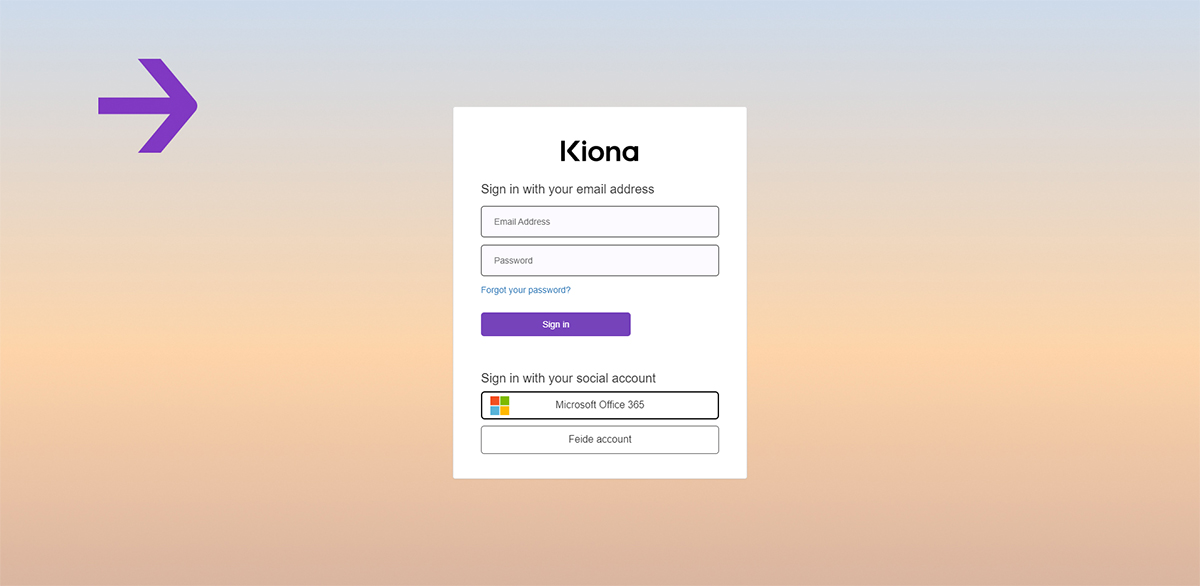The digital age has revolutionized the way we do business. Unfortunately, this digital revolution comes with a dark side. With the ever-evolving cybercrime landscape, we all need to stay ahead.
What is Single Sign-On?
With old building masses, aging infrastructures, incompatible components, and poorly maintained security, buildings are no exception.
We continue the work of increasing our customer's cybersecurity and reducing the potential attack threat. By investing heavily in security measures, we strive to build a safe user environment and keep protecting sensitive data. A great example of this, is Single Sign-On (SSO).
Additional security
With one login for all products, we are reducing the number of passwords you have to manage. Since you also can enable multi-factor authentication, this provides greater login security.
Why passwords?
1. Enterprise security
The need for a high level of protection is in line with the new security situation in Europe that has deteriorated in 2022. At Kiona we have taken the following actions to reduce the attack surface:
- Authentication is handled by an enterprise security level identity provider (ISO 27001 certified partner).
- Enabled Single Sign-On between all Kiona products, utilizing modern security protocols.
- Option to enable multi-factor authentication on all our products.
- Secured standardization of account management.
We have also moved our internal IT to an ISO 27001-certified partner and continue working on security strategies in development routines and other internal processes.
2. Usability and user experience
With single sign-on between all our products we can offer a greater user experience. You can log in once with your e-mail and password and then freely navigate between the products without being challenged for user credentials again.
- You can also log in with your Microsoft 365 account and use your security policies for the entire organization, including multi-factor authentication and other security demands.
3. Existing user directory
Many of our customers have their own user directories, with thousands of users assigned permissions according to the company's organizational structure. To support this, you can now include federated domains.
- This allows users in the customer user directory to be identified using their existing credentials with our products.
- By delegating the user management to your identity management system, we ensure that you can keep following your existing security policies.
Want to know more about using your own user directory? Send us a message, and we'll help you get started.

If you want to start using SSO and MFA you can read more here.